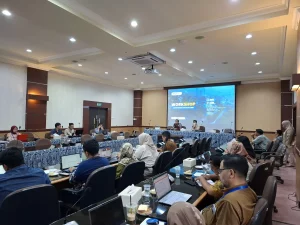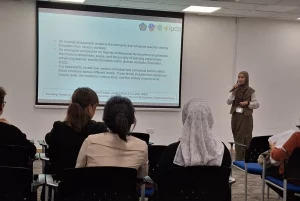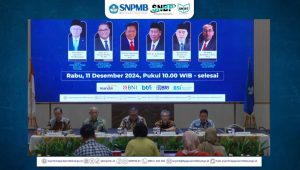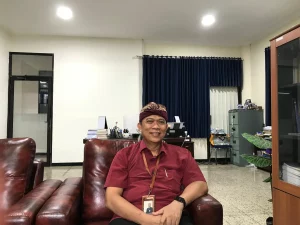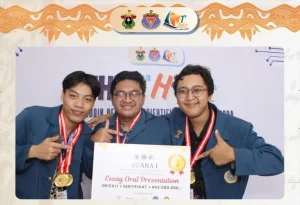One of the most common metabolic conditions worldwide, both in developed and developing countries, is vitamin D deficiency. Vitamin D deficiency in Asians of all ages mostly occur. It is an essential nutrient for optimal health and bone growth. It has been found that 90% needed for humans comes from exposure to the sun UV-B light (290-315 nm). Vitamin D plays an important part in bone synthesis, where it is responsible for increasing calcium’s absorption rate as the primary mineral in bones. Beside vitamin D, previous studies have found that supplementation of vitamin K may be advantageous for the metabolism and quality maintenance of bone, particularly when it comes to improving density. Vitamin K is needed for the regulation of calcium intake in the human body. Combining vitamin D and K will have desired effects on calcium homeostasis that improves bone quality. Vitamin D increases the calcium absorption rate. Vitamin K regulates calcium which promotes calcification of bone and transports calcium into muscle to construct bones and keeps it in the right place.
In this study it was found that The combination of vitamin D3, K2 supplements, and UV-B (290-315 nm) increases osteoblast as a bone formation marker, this was done in some Wistar rats that were given a varied combination of vitamins and UV rays, which are similar to sunlight. The results of this study show the best combination of certain multivitamins with UV rays that can harden bones. It is hoped that with this study, public awareness to take multivitamins and awareness to get sunlight is increasing.
Author: Dr. Sindy Cornelia Nelwan, drg., Sp.KGA
To read our article in full it can be accessed at: http://www.jidmr.com/journal/wp-content/uploads/2021/12/22-D21_1651_Dian_Agustin_Indonesia-10-Sindy.-The-benefit.pdf
To cite our article can be done by:
Density IB, Nelwan SC, Airlangga U, Airlangga U, Airlangga U, Pathophysiology MO. Journal of International Dental and Medical Research ISSN 1309-100X http://www.jidmr.com Increasing Bone Density Sindy Cornelia Nelwan and et al. 2021:1–6.


